The first recorded mentions of Smolensk date back to 863. The city emerged on the trade route between the Dnieper and the Western Dvina. By the 11th century it became the capital of the Principality of Smolensk with the prefix «Great». It was one of the largest principalities in the ancient Russian world. Over time, Smolensk acquired strategic importance, being located on the border of the West and the East. In the XV century it was famous for its powerful, though wooden fortress which was replaced by stone one in 1602. The Smolensk citadel with 38 towers, newly built within just six years by efforts of thirty thousand workers, was unrivaled in the whole state.
Throughout its history this walling city has multiply repelled numerous invasions by Rzeczpospolita and the Principality of Lithuania. However, the best known are the historical events near Smolensk during the Patriotic War of 1812, when the entire population of the city fought with the troops of Napoleon, Smolensk was abandoned and the legendary battle of Borodino took place a few days later. The French turned back and, retreating through Smolensk, tried to destroy the fortress. Nine towers of the Kremlin were damaged by the explosion. More than a hundred years later, Smolensk was in the center of military events of the Second World War. The city lay in ruins after the war, and it took a long time to revive it.
Today Smolensk is a major tourist center famous for its ancient architecture, beautiful churches of different eras, and also a sad Memorial in the Katyn Forest. Amazing manors and temples have been preserved in the vicinity of Smolensk, such as a unique Church of the Holy Spirit in the village of Talashkino, painted by the famous mystic artist Nicholas Roerich. Also, worth a look is the biggest globe in Europe 12 meters in height in the town of Dorogobuzh.
There are also gastronomic attractions in this region, like the legendary Vyazma gingerbreads which were praised by Pushkin and Chekhov! Gingerbreads were cooked up 170 km from Smolensk, in the town of Vyazma in the 17th century. By the late XIX century this sweet delicacy was baked in eight gingerbread factories and sold both in Russia and abroad. Even the English Queen was among the customers of Vyazma gingerbread. Having visited Vyazma, you should stock up with delicious Vyazma gingerbreads with almonds, peanuts and candied fruits. A hundred years ago, such gingerbread could be stored for almost three years, and to eat them, you had to break the hardened crust with a hammer and chew the strong viscous mass for a long time.
In addition to gingerbread, worth a taste in the region are the dishes of the authentic Russian cuisine, in particular, Smolensk thick borsch with frozen lard and sour cream, a day old soup from sauerkraut with wild boar meat and a pile of horseradish. Here you can meet duck dumplings and potato flapjacks with sour cream, although the latter belongs more to the Belarusian cuisine. Local drinks include all kinds of infusions, prepared from cranberries, sea buckthorn or horseradish roots. But the most famous alcoholic beverage is the balsam «Evening Smolensk» which can be found in the company shops of the liqueur and spirits factory «Bacchus», founded in 1865 by Machulsky, a merchant of the First Guild. Drinks bottled in the shape of the towers of the Smolensk fortress wall are especially prominent among the souvenir products of the company.
The annual festival poster of Smolensk and its surroundings is extremely rich. One of the oldest music festivals in Russia, bearing the name of the Russian composer Mikhail Glinka, is held here every year in May. Famous musicians and performers from all over the world play classics in the Garden Blone and in the Novospasskoye Estate, the family estate and the only museum of Glinka. One of the most popular festivals in Smolensk is the June Fair dedicated to the local delicacy — Vyazma gingerbread. During the festival you can eat the famous gingerbreads, bake your own one and stroll through ancient Vyazma, a city where the delicacy was invented. Another «tasty» festival is dedicated to Demidov cucumbers and is held in July. During the celebration «His Majesty Cucumber» you will be told the story of a cucumber and treated to the most appetizing cucumbers in Russia — salted, marinated, steamed and even fried. Moreover, only here you can taste cucumber jam and stuffed cucumbers. If you visit Smolensk and the village of Lubino in the first week of August, you can see an impressive reconstruction of the Battle of Smolensk during the Patriotic War of 1812.
Summer is the best time to visit Smolensk, when it is pleasant to wander along the Vladimirskaya Embankment, look at the powerful walls of the local fortress and the ancient Smolensk churches. The more you learn about the history of the city the more you wonder how it managed to revive so many times.
Get directions
It is more convenient to get to Smolensk from Moscow by «Lastochka» high-speed train which runs daily in the morning and in the evening. The journey takes 4.5 hours. Alternatively, you can choose the Moscow-Smolensk bus which leaves every two hours from the Belorussky railway station and goes about six hours. There are also trains running from St. Petersburg to Smolensk: the way time is about 13 hours. In addition, Smolensk is connected by railway communication with such cities as Minsk, Kaliningrad, Brest, Warsaw, Vilnius and Prague.
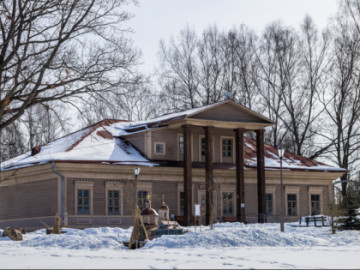
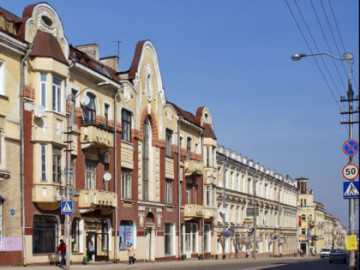
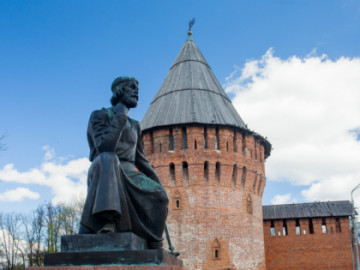
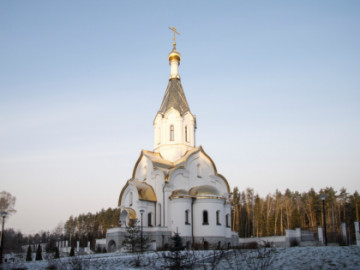
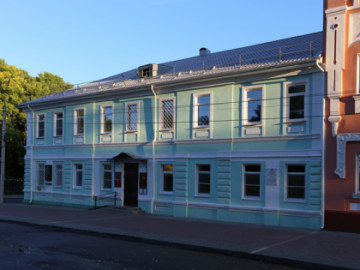
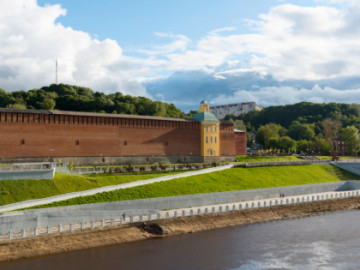
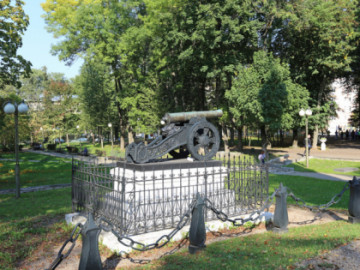
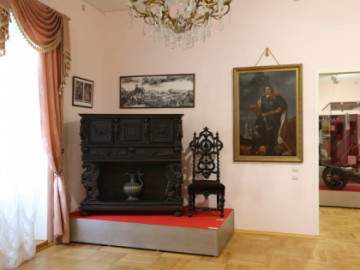
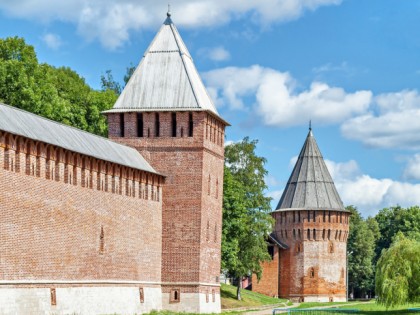
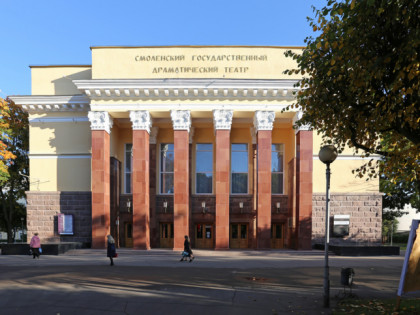
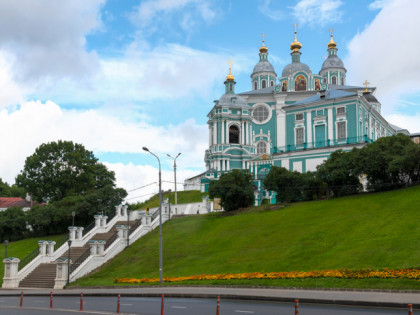
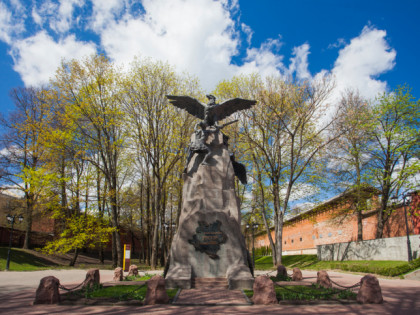
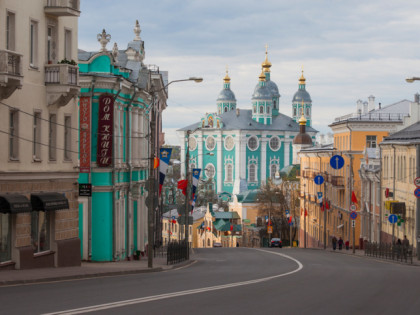
 Castles, Fortresses and Palaces
Castles, Fortresses and Palaces
 Museums and Exhibitions
Museums and Exhibitions
 Parks and recreation
Parks and recreation
 Other places
Other places
 Architectural Monuments
Architectural Monuments
 Temples and places of worship
Temples and places of worship
